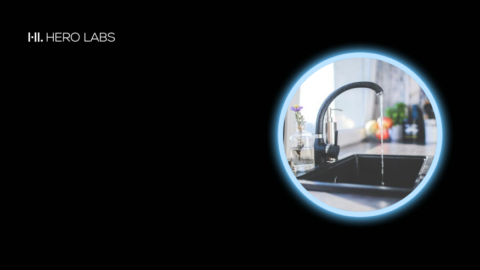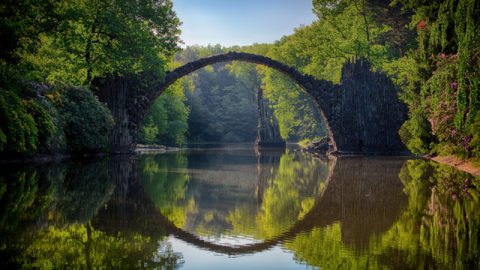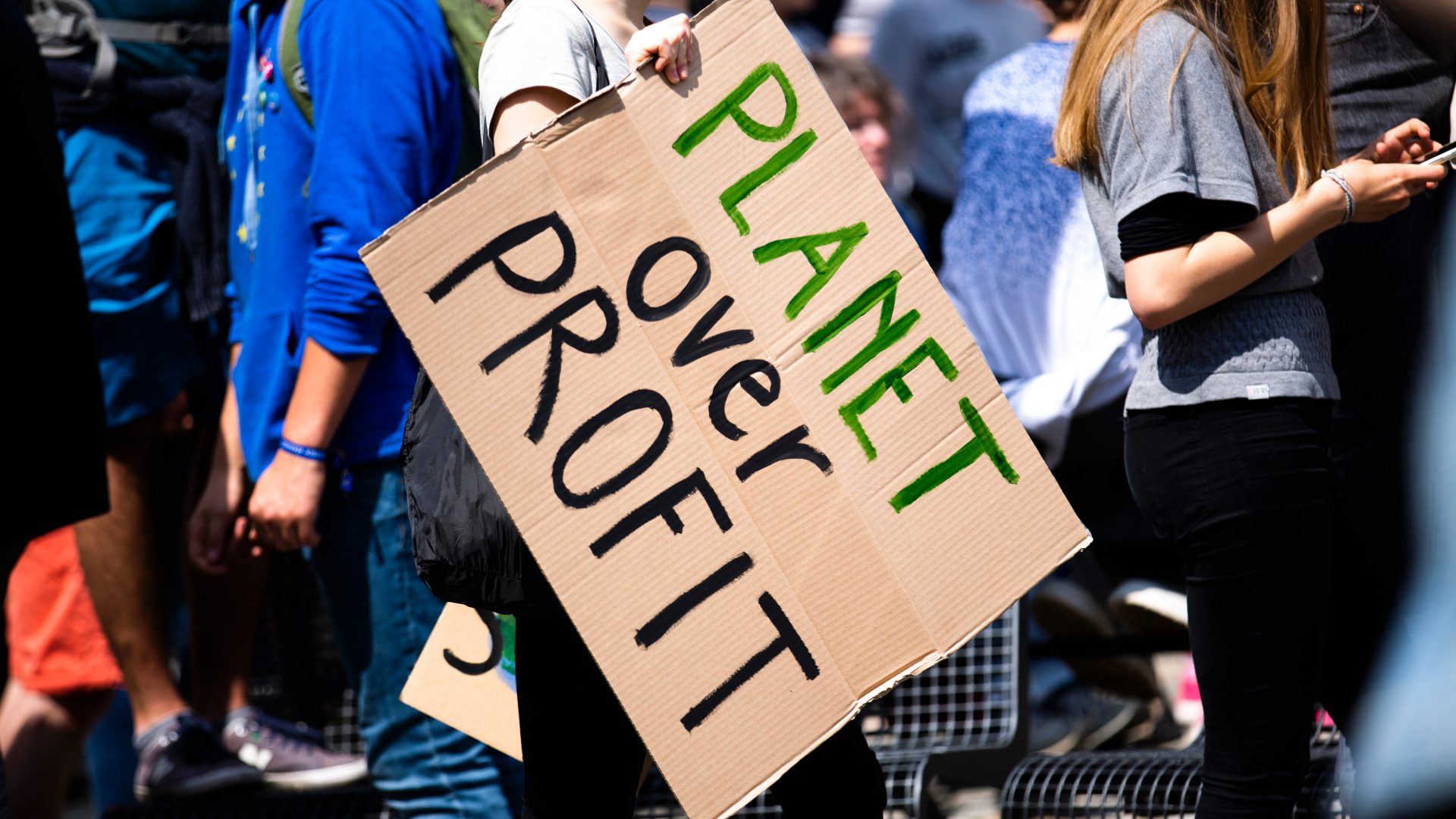
A drop in the ocean, or the turning of a tide?
Humans are social creatures. In fact, most anthropologists will tell you that our ability to organise, communicate and empathise with one another is what put us at the top of the food chain in the first place. Our ability to rally around common objectives is baked right into our psyche.
There’s a fantastic experiment from way back in 1944, designed by the psychologists Fritz Heider and Mary Simmel. They showed participants a short animation of two triangles and a circle dancing around a rectangle. It’s totally abstract – it doesn’t mean anything at all. But it’s almost impossible to watch it without ascribing emotions, intentions, narratives and even personalities to the gyrating shapes. They’re just shapes, but we give them character and meaning.
Seriously, try it.
What did you see happening? What emotions are the different shapes experiencing? What genders do you think they are? What kind of “person” is the big triangle?
They’re just shapes.
But our minds have this layer that lets us – forces us, even – to interpret the scene in social terms; analyse what’s going on, maybe even pick a side. Did you find yourself rooting for one set of shapes over another? Did you feel like the way they interacted was “fair”? It’s a fascinating microcosm of how humans organise themselves at a societal level.
Are you feeling sleepy?
Another fun example comes from the leading theory on why yawns are contagious – why seeing someone yawn, or even thinking about yawning makes us want to yawn as well (Did reading that make you want to yawn?). The theory goes that as humans began organising into packs, tribes and settlements, it became advantageous for us to synchronise our “circadian rhythms” and all bed down for the night at similar times. It made for more restful sleep, better unity in the tribe and allowed us to huddle together for warmth and safety.

Contagious yawning is also observed in dogs and chimpanzees, adding weight to the “pack animal” hypothesis. It’s a type of echophenomenon – an automatic syncing up with the people around you, usually by mirroring their speech and actions or “converging” with their behaviours. Ever seen a baby hold a toy phone up to their ear? That’s echokinesia, mirroring of socially observed actions. There’s a fair chance baby has no idea about phone calls or VoIP codecs or time-division multiplexing, but he’s seen you raise a phone to your face so he copies it to be like you.
Why are we talking about this?
Well, because over the past few weeks, we’ve witnessed one of the greatest mass-organisations of human beings the world has ever seen. We’re talking about the Global Climate Protests – and to a lesser extent, their more radical sister-movement, the “Extinction Rebellion”.
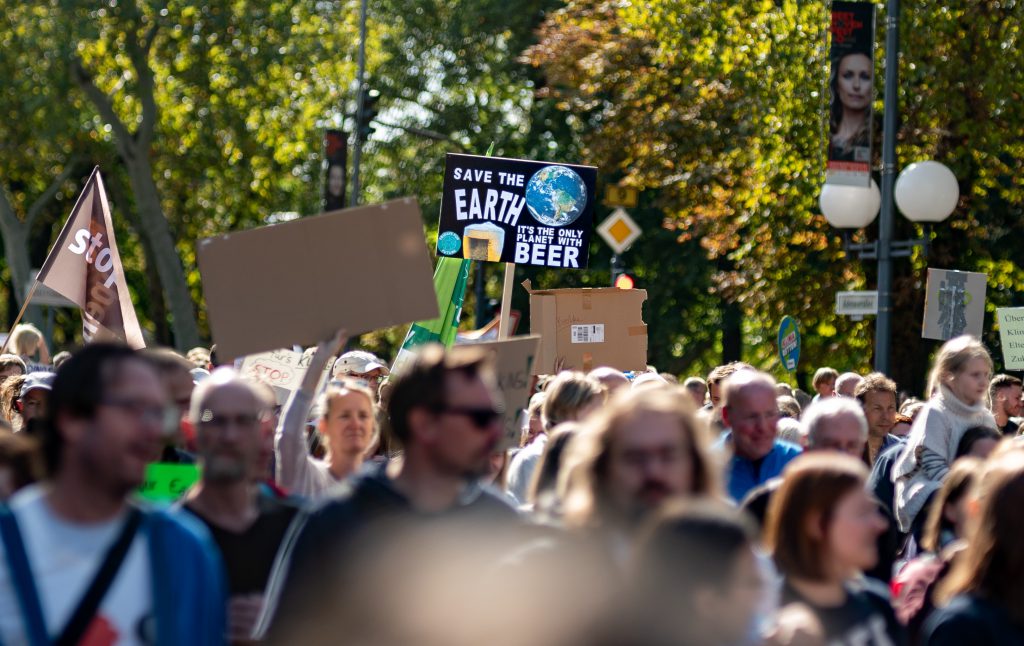
On 27th September alone, more than 6 million people in 150 countries took to the streets to make their voices heard. (The organisers argue it was closer to 8 million, for what it’s worth).
If you’re in London like many of our team, you can’t have missed protesters shutting down roads and bridges across the capital earlier this week. Even as I’m writing this, a Paralympic medallist has climbed on top of a plane at London City Airport and is refusing to come down. All flights are grounded until further notice.
Whether you agree with such radical tactics or not, it’s hard not to be awed by the sheer scale of these protests – the global scope at which we’re somehow managing to put our differences aside and unite behind, what many people believe, is a defining moment for all humanity. A crisis, in the most literal sense – “a time of intense difficulty and danger; a turning point where decisions can result in either recovery or death”, if you’ll forgive us for using such a strong turn of phrase.
So here we are. What happens next?
There’s an argument that all of human history to date has been about organising ourselves into ever-grander and more coherent structures.
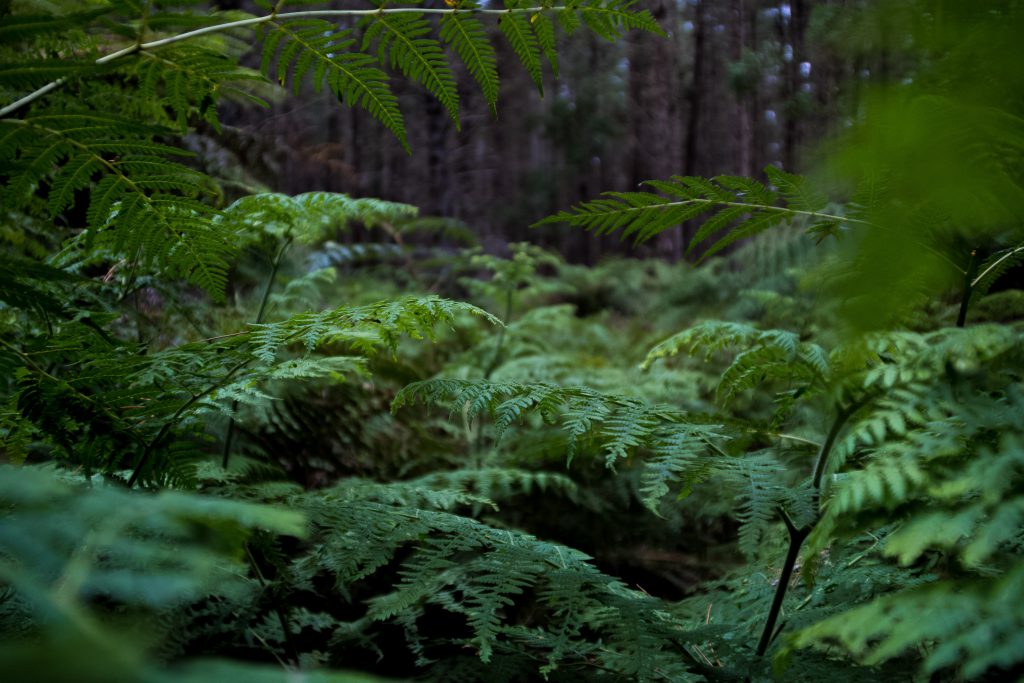
The year is 1,800,000 BC. You are a nomadic hunter-gatherer and you spend your time hanging out in the primordial forest with your family, generally eating whatever you can to survive. You’re feeling pretty good about life because you learnt to walk on your hind legs, take longer strides and maybe free up your hands for stuff too – you’re rising up the food chain, but if you run into a hyena or a tiger it’s still pretty much 50/50 who’s eating who. Your name is probably “Grug” or something. Who knows.
Sometimes you find a cave that looks nice – sometimes it’s already full of fun-loving guys like the giant short-faced bear or the Smilodon Fatalis and you hustle on – but other times it’s empty and your family can camp out there for a couple of days and get some rest. You have to leave as soon as you’re hungry and thirsty but you think you like these little periods of calm.
Over time families like yours start to figure out that you can get along and travel together in packs or “tribes”. It makes sense because with your newfound numbers you can watch each other’s backs, present a tougher target to predators and bring down bigger prey yourselves. But perhaps most importantly, you suddenly have enough manpower to guard a cave and go out and hunt – and hey presto, you’ve just invented the “home”.
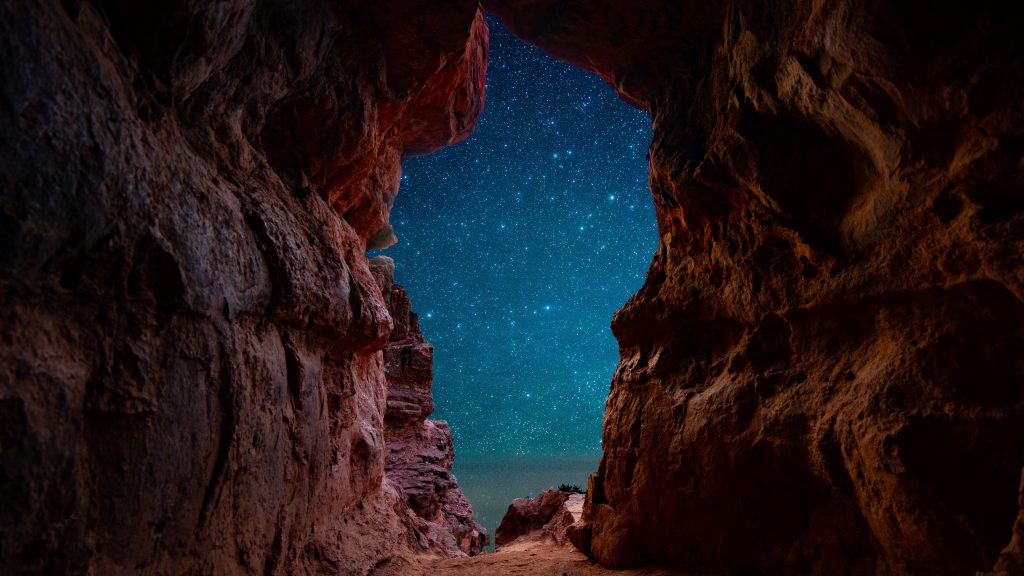
Later in human history, we see caves give way to small encampments and villages; by now we’ve figured out that if one person hunts while another gathers wood then we can all be warm and well-fed. Roles and hierarchies emerge and we organise ourselves by profession, by belief system, by music taste. We got from towns to city-states to fiefdoms to counties and eventually wash up on the shores of the centrally administered, legally-delineated bastion of bureaucracy that is the modern country.
At each stage of our evolution, we’ve banded together into greater and greater structures and used our collective might to achieve ever-greater things.
Water, water, everywhere
Call us obsessed, but this wouldn’t be the Hero Labs blog if we didn’t point out that water was a major catalyst in the formation of these early settlements.
At a basic biological level, we can go weeks without food but only three days without water, so pitching camp next to water and searching wider for food simply makes sense. As we stopped gathering food and started farming it instead, water became doubly important in enabling irrigation, fertilisation, rearing of cattle and so on. We didn’t figure out why for a few millennia, but settlements based around water had improved sanitation and allowed denser populations before diseases took hold. Rivers meant access to the sea and trade beyond your own lands – hence why we see so many capital cities atop major rivers (London, Paris, Berlin, Prague, Dublin, Madrid, Rome, Tokyo, Moscow, Brussels, Delhi…). As recently as the late 1900s water was the main medium for trade and transportation – consider that a horse-drawn cart has a payload of about 3.5 tonnes, but a horse-drawn barge can carry about 1400.
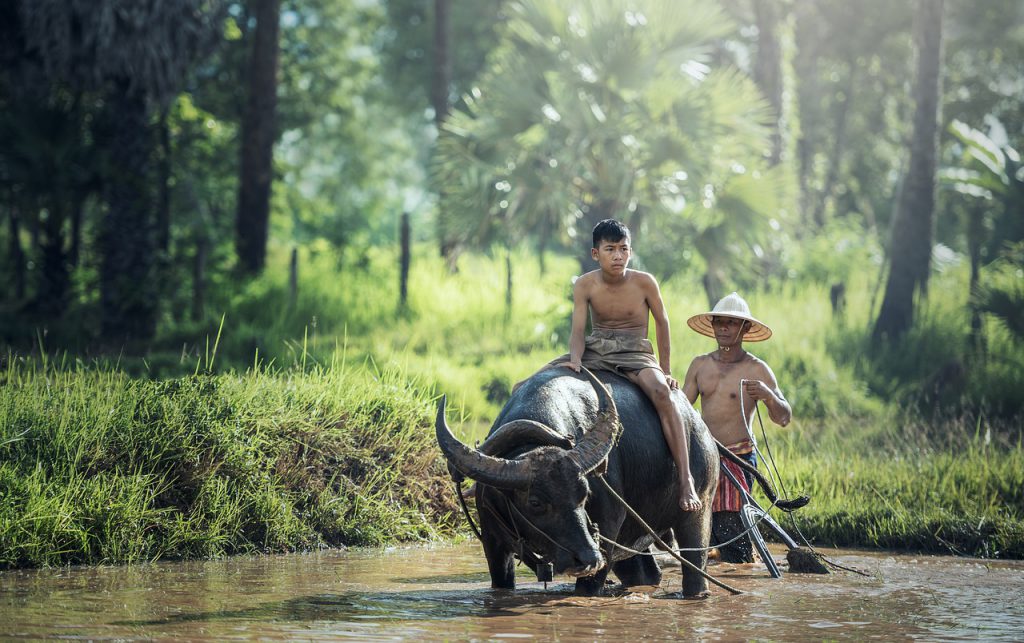
There’s even a theory that human intelligence began at the water’s edge (the “aquatic food hypothesis”). Archaeological records show that about two million years ago, three major events in human history happened at around the same time: our brain size began to rapidly expand; there was an explosion in our use of tools, and we started to systematically exploit the sea and consume many more marine organisms. Those same organisms are now known to be extremely rich in the building blocks of brain matter such as DHA (“docosahexaenoic acid” – try saying that after a couple of drinks!) – leading researchers to theorise that consuming DHA-rich marine life catalysed brain growth, which in turn gave birth to primitive technology. The jury’s still out on the aquatic food hypothesis, but either way, there’s no doubt that water is a cornerstone of human civilisation.
Isn’t water amazing?
Okay, so back to the global Climate Protests.
If you side with the 97% of scientists who believe climate change is real and man-made, you find yourself at a nexus. The most dangerous proverbial sabre-tooth tiger in history is outside your cave and you have to decide what to do next. You’ve got your cave organised to the point where you actually have scientists – and politicians, and refrigerator repairmen and selfie consultants and water slide testers. But for all your civilisation and grace, there’s no denying the tiger is out there; he’s hungry, and nobody seems to be totally sure what to do next.
Some people believe that, in the ever-escalating organisation of man, the next rung above countries on the social ladder will be the internet itself. While the internet is not a social construct in the same sense as a country, a city or a council, there’s no doubt that it’s a framework for organising humans and sharing ideas. It connects people from wildly different socio-economic backgrounds to a common, virtual space where they can share ideas and read each other’s thoughts and debate politics and philosophy, and perhaps most critically, watch videos of cats DJing.
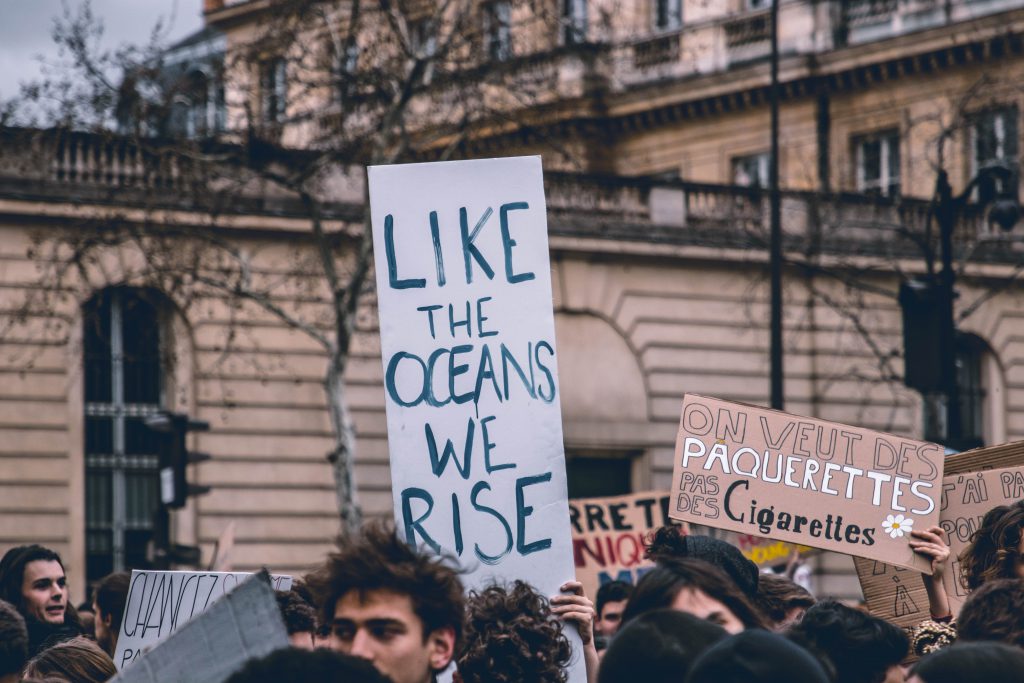
Just as our ancient ancestors banded together to form towns and cities, the internet brings us together to unite around ideas and causes. And perhaps that’s what we’re seeing with the Global Climate Protests – perhaps we’re watching something amazing happen, in these monumental gatherings inspired by internet memes and David Attenborough shows and Swedish schoolchildren.
Perhaps we’re seeing humanity take the next step up the ladder and into the great common space of the internet, to unite against climate change and what could be our greatest ever threat as a species.
Perhaps we’re seeing humanity re-invent itself as something that’s bigger than politics and inter-state rivalries; bigger than race and religion and all these other things we use to define and delineate our caves.
Perhaps this is the next step in our evolution, and together we can fight the tiger. In the next few years, we might just find out.
